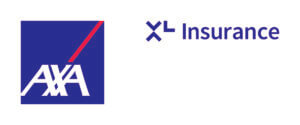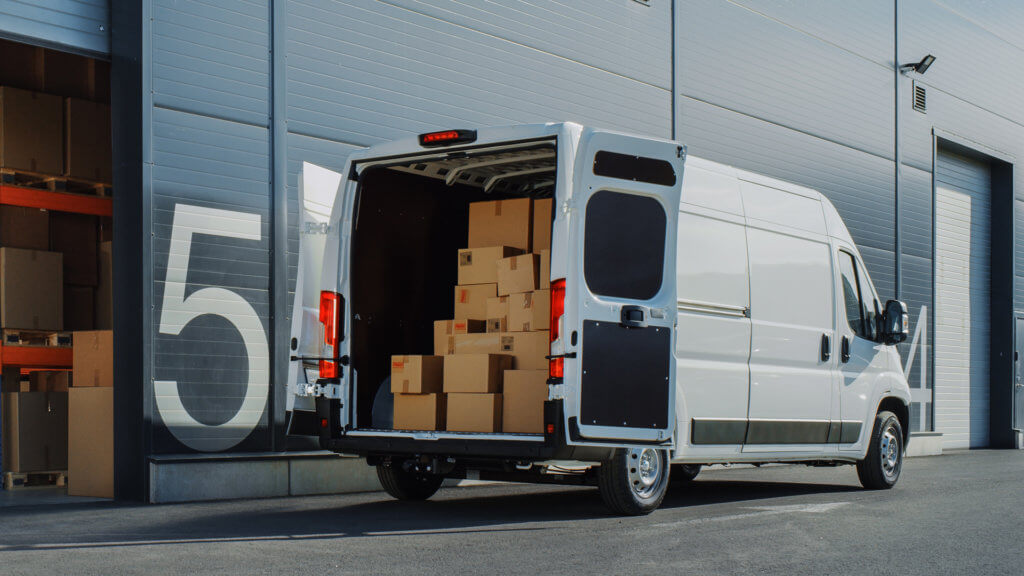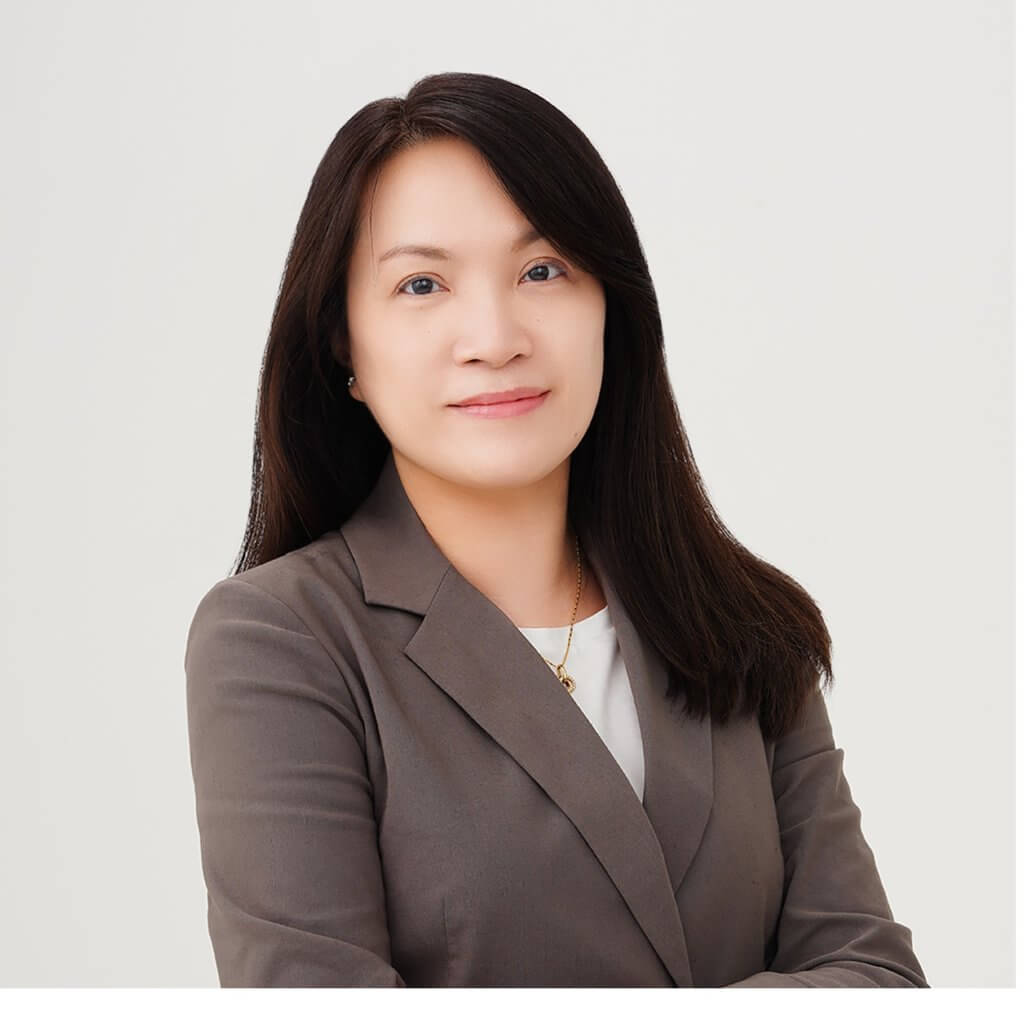

A journey of a thousand miles begins with a single step
This familiar quotation is attributed to the Chinese philosopher Laozi (a.k.a. Lao Tzu), who, according to traditional accounts, composed the Tao Te Ching, the foundational text of Taoism, in the 6th century BC.
At that time, the pilgrims or travellers setting out on a thousand-mile journey could expect to encounter numerous perils, threats and unexpected dangers. And despite all the ways our world differs from Laozi’s, that is still true today.
As Head of Marine Cargo for North Asia, my team and I underwrite diverse goods, including high-value products such as electronic goods, components and pharmaceuticals being transported worldwide. We work closely with our clients to identify and minimise potential threats and issue policies that indemnify them against physical losses. (As discussed in other Fast Fast Forward articles, standard marine cargo and contingent business interruption policies require physical loss or damage to trigger coverage; in most cases, losses due to delays aren’t insurable.)
As a result, we are regularly reminded of the different ways cargoes can be damaged or destroyed as they make their ways to their destinations. All our modern tools and technologies notwithstanding, today’s perils and threats are, in many ways, not unlike those during Laozi’s era.
Stand and deliver
Take, for example, an electronic component’s many thousand-mile journey from where it is fabricated in Asia to where it is sold in a consumer electronic device in the US.
After it is manufactured in one of Asia’s modern, high-tech factories, the component is transported by a truck to an international port; this journey usually takes a few hours. For this leg, the main risks are either a vehicle crash, or the menace to transport operators posed by the hijacking of the cargo.
Although neither is new—merchants in ancient China also had to worry about accidents and thieves—today we have better tools to lessen these risks. For example, we review the client’s driver screening and training protocols before we underwrite a shipment of high-value cargo to be moved by truck. Loads valued in the millions, if not tens of millions, shouldn’t be entrusted to new apprentices or those with poor driving histories.
Similarly, criminal gangs know that high-value components are regularly transported between the fabrication plant and ports. They may also have connections to insiders who tip them off to pending shipments. That is also why we routinely require that tracking devices be included in high-value shipments and recommend that drivers vary their routes and travel at different times of the day.
Bigger ships, more risks
Assuming the components arrive intact at the port, the next leg of the journey—the long ocean voyage across the Pacific to Mexico—brings a set of new hazards. Here, it is increasingly likely that they will be loaded onto a massive container ship. That is because shipowners are investing in ever larger vessels that, on a unit-cost basis, are less expensive to build and have lower operating costs. However, while shipowners may benefit from these economies of scale, the trend towards ever-larger vessels poses multiple challenges for cargo owners and port operators.
The primary risk for cargo owners is a container holding materials prone to self-ignition. As ships grow larger and larger, there’s a greater likelihood that one or more containers hold combustible materials that cause a fire, which quickly becomes uncontrollable. Additionally, cargo values increase as ships grow in size, and the impact of the worst-case fire scenario rises exponentially.
Moreover, because reliable data for assessing the susceptibility of ships or journeys to cargo fires isn’t available, cargo owners don’t know which vessels or routes to favour or avoid. Thus, they don’t have realistic options for minimising this risk.
However, that could change, albeit not right away. In response to ongoing pressure from the International Union of Marine Insurance (IUMI), the International Maritime Organisation (IMO) has appointed a subcommittee tasked with developing recommendations for improving safety onboard. That reportedly includes designing future vessels with more compartments so that fires at sea can be contained more readily.
Navigating hot spots
Once the component arrives in Mexico, it is transported by truck from the port to a nearby manufacturer, where it is incorporated into a consumer electronic product, for example, a flatscreen TV. (Mexico is home to more than seven hundred electronics factories, many clustered around Tijuana. It is also the world’s largest exporter of flatscreen TVs.)
Although the original cargo policy, which covers the component on the trip from Asia to Mexico, has fulfilled its purpose, the journey isn’t complete. The flatscreen TV, which includes the component fabricated in Asia, must still get from Mexico to a distribution facility in the US and then to a retail store. As an experienced international insurer, AXA XL also covers cargoes like flatscreen TVs and similar products being shipped from Mexico to the US.
The risks during this stage are similar to the previous legs, i.e., accidents and theft, but the context differs. For starters, the commercial value of a truckload of flatscreen TVs is substantially greater than that of a container full of electronic components. And since flatscreen TVs can be sold much more readily, they are a highly tempting target for thieves. Then, there is the complicated situation at the Mexico-US border. Given the immense volume of goods crossing this border daily, it isn’t surprising that highly organised and experienced criminal gangs operate on both sides of the border.
One of the unintended consequences of the US & Mexican authorities’ pursuit and prosecution of drug cartels is that some of the cartels’ people and resources have been redirected to criminal activities that are lucrative but have attracted less attention from the authorities. As a result, over the past decade, drug cartels have increasingly targeted trucks transporting valuable cargoes into the US. Unfortunately, this threat continues to grow today.
That is why when AXA XL insures high-value shipments between Mexico and the US, or when goods must traverse other “hot spots”, we work closely with clients to assess the risks and carefully review their loss prevention processes. That can include, for instance, continually monitoring developments on the Mexico-US border to avoid days/times when the risks are exceptionally high. Or outfitting shipping containers with tracking devices which send an alert when the cargo moves outside a defined area.
For temperature-sensitive cargo, including pharmaceuticals, seafood and cut flowers, the best practice is to include sensors that monitor the temperature and humidity within the container. Such sensors are particularly critical for vaccines, which must always be maintained within carefully controlled conditions. Otherwise, the potency of the vaccines could be compromised, resulting in inadequate immune responses in patients and poor protection against disease.
Laozi’s proverb is generally understood to mean that however difficult a task is, you can only complete it if you make a start. While long journeys still feature an assortment of perils, AXA XL helps clients anticipate and minimise predictable threats while providing economic protection against unexpected losses. In other words, we offer clients the peace of mind they need to send valuable goods on dangerous journeys to far-flung corners of the world.
 |
Shirley Kwok
Head of Marine Cargo, North Asia, AXA XL
Email: [email protected] |
-
Allianz General | Allianz General combines innovative protection solutions while powering social good to lead Malaysian market
The insurer proactively addresses emerging risks and evolving customer protection needs while giving back to the community.
-
Sedgwick | Asia’s Energy Transformation – Balancing Growth, Risk and Renewables
Energy market presents unique risks, especially in a region which includes China and Japan as well as developing nations like Vietnam and the Philippines.
-
Beazley | Turbulent Waters: the maritime energy transition challenge
Businesses are facing a complex transition to non-carbon energy sources amid a push to achieve net-zero emissions for the marine sector by 2050.
-
Aon | Navigating shifts in the global and Asia insurance markets
Neelay Patel, Aon head of growth for Asia, says the market in Asia is at an ‘interesting stage of the cycle’.
